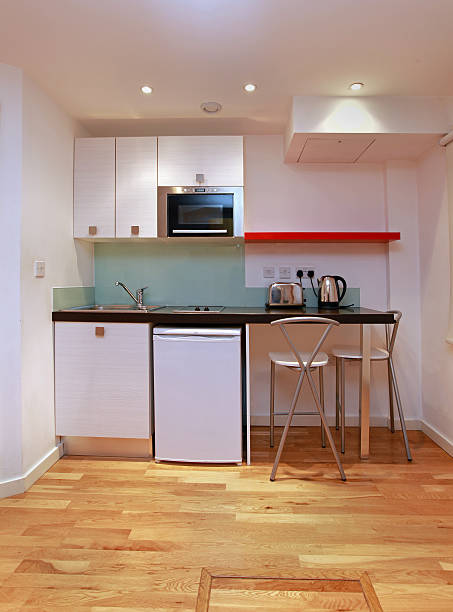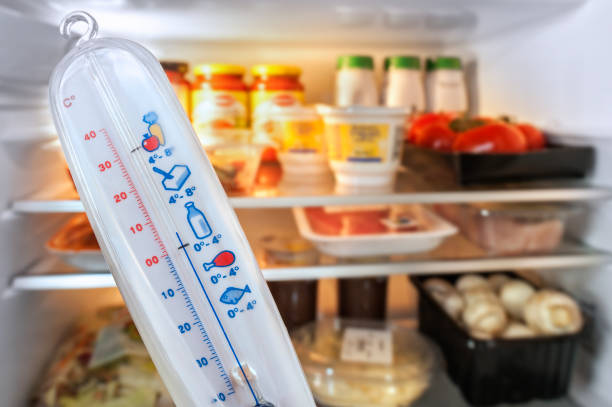
But how do you know what temperature your mini fridge should be? And how do you adjust it to suit your needs? In this post, we’ll answer these questions and more. Let’s get started!
The ideal temperature for a mini fridge is between 35°F and 40°F. This is the optimal range for keeping your food and drinks cold without freezing them.
To check the temperature of your mini fridge, you’ll need a thermometer. You can use a regular kitchen thermometer or a special refrigerator thermometer that has a wider temperature range and is more accurate.
To check the temperature of your mini fridge, follow these steps:
If the temperature is within the ideal range of 35°F to 40°F, you’re good to go. If not, you’ll need to adjust the temperature setting on your mini fridge.

To adjust the temperature of your mini fridge, you’ll need to locate the temperature control knob or dial. This is usually found inside the fridge, near the top or back wall. Depending on your mini fridge model, the dial may have numbers, letters, or symbols.
To adjust the temperature of your mini fridge, follow these guidelines:
After adjusting the temperature setting, wait for at least 24 hours for the mini fridge to stabilize before checking the temperature again with a thermometer. Repeat this process until you reach the desired temperature.

Once you’ve set the right temperature for your mini fridge, you’ll want to keep it that way. Here are some tips on how to maintain the temperature of your mini fridge:

Here are some common questions and answers about what temperature a mini fridge should be:
Q: What is the best temperature for storing different types of food and drinks in a mini fridge?
A: The best temperature for storing different types of food and drinks in a mini fridge depends on their specific storage requirements. However, as a general rule of thumb, you can follow these guidelines:
Q: What is the best temperature for storing different types of food and drinks in a mini freezer?
A: The best temperature for storing different types of food and drinks in a mini freezer depends on their specific freezing requirements. However, as a general rule of thumb, you can follow these guidelines:
Q: How can I tell if my mini fridge is too cold or too warm?
A: You can tell if your mini fridge is too cold or too warm by checking the temperature with a thermometer or by looking for signs of spoilage or freezing. If your mini fridge is too cold, you may notice:
If your mini fridge is too warm, you may notice:
A mini fridge is a handy appliance that can help you keep your food and drinks cool and fresh. But to get the most out of it, you need to set and maintain the right temperature for your mini fridge. The ideal temperature for a mini fridge is between 35°F and 40°F. This is the optimal range for keeping your food and drinks cold without freezing them.
We hope this post has helped you learn more about what temperature a mini fridge should be and how to adjust it to suit your needs. If you have any questions or comments, feel free to leave them below. And if you’re looking for more tips on how to use your kitchen appliances and food safety, check out our blog at PressToCook.com!
